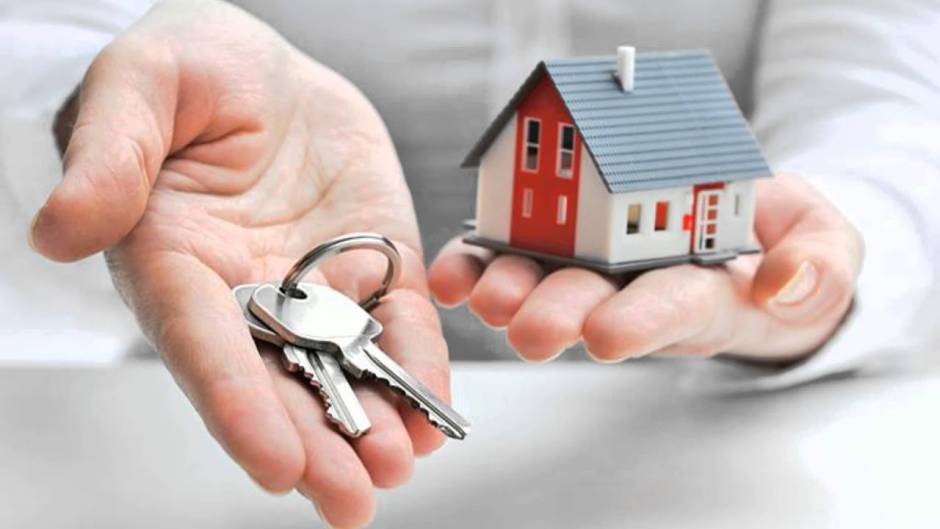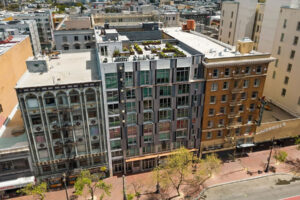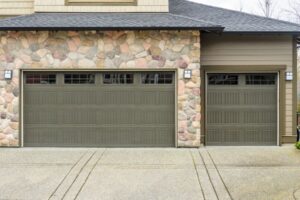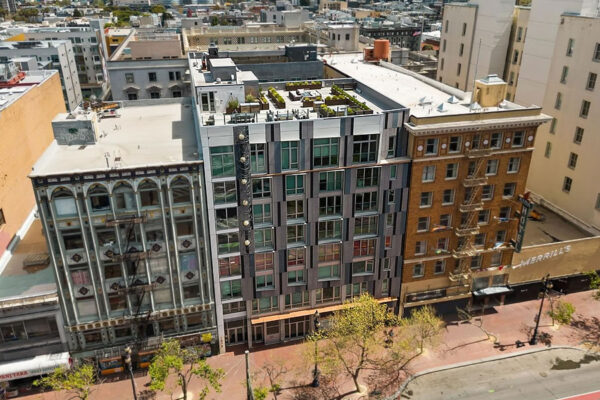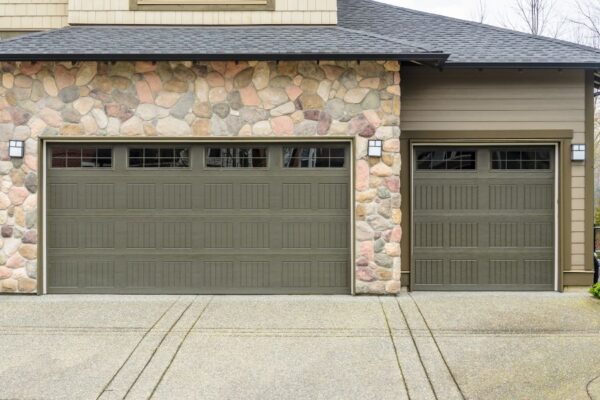Building inspections are essential for several reasons. First and foremost, they help the safety of occupants by identifying structural issues, electrical hazards, and other potential risks. Regular inspections also enable property owners to address minor problems before they escalate into costly repairs, saving money in the long run. Inspections provide valuable insights into a building’s overall condition, particularly useful for those considering purchasing or investing in an older property.
Foundation of safety
When inspecting an ageing building, assessing its structural integrity should be a top priority. Over time, various factors, such as weathering, ground movement, and poor maintenance, compromise the stability of a structure. Some common signs of structural issues include cracks in walls or foundations, uneven floors, and doors or windows that no longer fit properly. A qualified building inspector identifies these problems and recommends appropriate remedial actions, such as underpinning or crack repairs, to restore the building’s structural soundness.
Protecting against the elements
Sydney’s diverse weather conditions range from intense sunlight to heavy rainfall and a building’s roofing and guttering systems. Damaged or deteriorated roofs lead to leaks and cause extensive water damage to the interior of a property. During an inspection, checking for signs of roof damage, such as missing or cracked tiles, rusted metal sheets, or sagging sections, is crucial. Gutters and downpipes should also be examined for blockages, leaks, or inadequate drainage, as these issues contribute to moisture-related problems like mould growth and wood rot.
Ensuring functionality and safety
As buildings age, so do their electrical and plumbing systems or faulty wiring poses a fire risk while deteriorating pipes lead to leaks, water damage, and potential health hazards. During a building inspection, a professional will assess the condition of these systems, checking for any signs of wear, corrosion, or non-compliance with current standards. They may recommend upgrades, such as replacing old wiring with modern, safer alternatives or installing new plumbing fixtures to improve water efficiency and prevent leaks building inspections Sydney.
Enhancing comfort and energy efficiency
Proper ventilation and insulation are essential for maintaining a comfortable and energy-efficient living environment. In older buildings, these systems may need to be improved or compromised, leading to issues like dampness, condensation, and high energy bills. During an inspection, the inspector will assess the effectiveness of the building’s ventilation, looking for signs of inadequate airflow or mould and mildew. They will also check the condition and adequacy of insulation in walls, ceilings, and floors, as well as the seal around doors and windows, to identify any areas where heat loss or gain may occur.
Identifying and managing health risks
Buildings in Sydney were constructed using materials that we now know to be hazardous, such as asbestos and lead-based paint. Asbestos, a once-popular building material, releases harmful fibres into the air when disturbed, leading to serious health issues like lung cancer and mesothelioma—similarly, lead-based paint, particularly to young children who may ingest flakes or dust. A thorough building inspection will include checks for the presence of these materials and guide safe management or removal if necessary.
Sydney has many heritage-listed properties requiring special consideration for building inspections and maintenance. While preserving the historical integrity of these buildings is essential, it’s equally important to ensure they meet modern safety standards. Inspectors working with heritage properties must have a deep understanding of traditional construction methods and materials and the ability to recommend appropriate repairs or upgrades that comply with heritage regulations.


